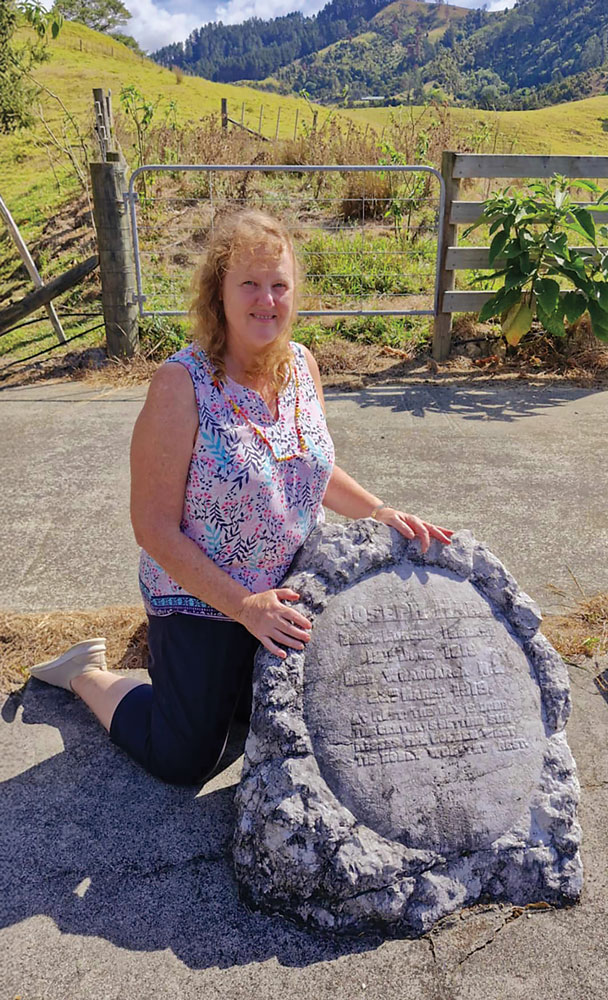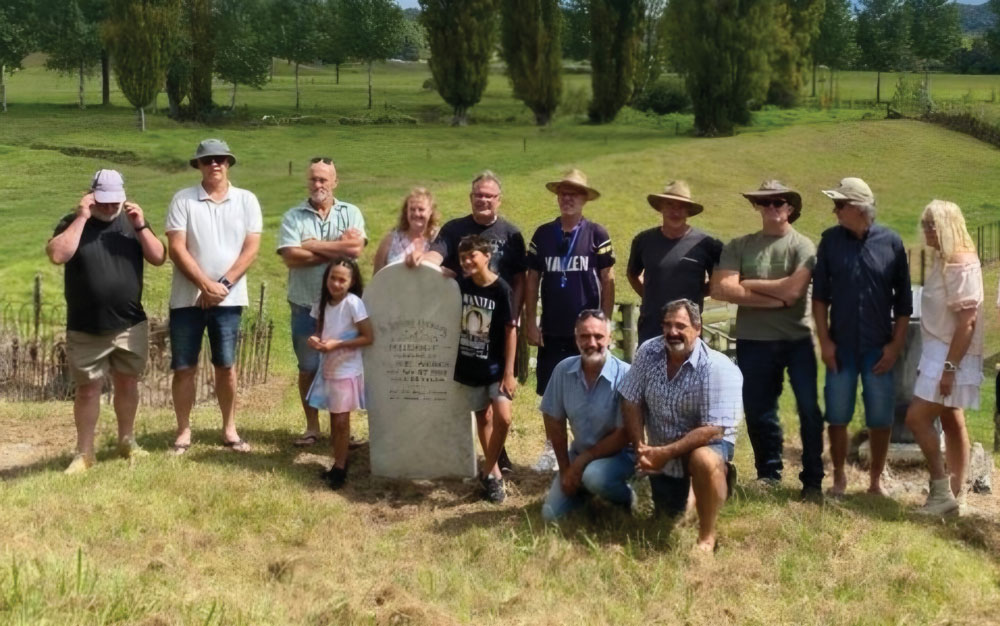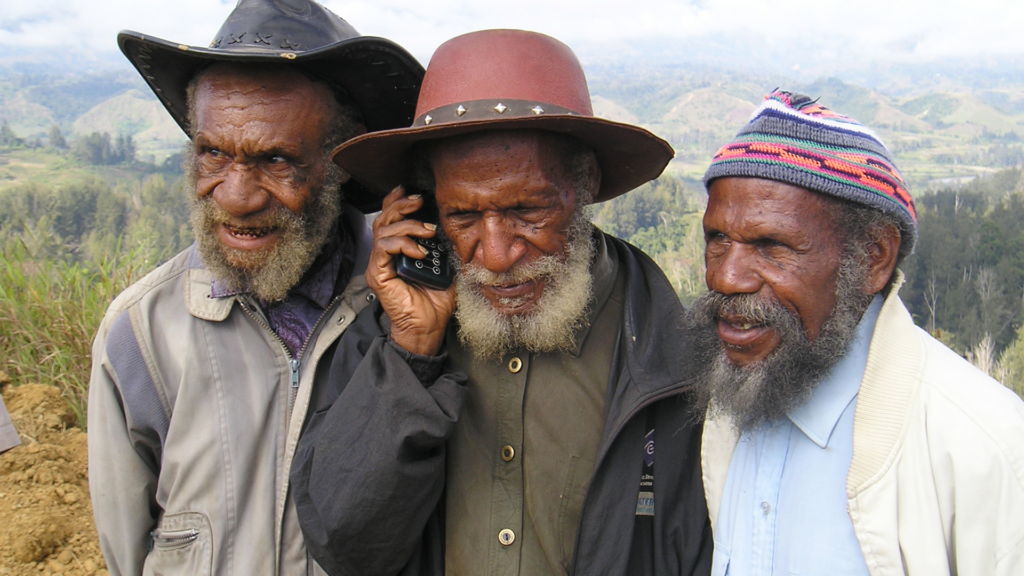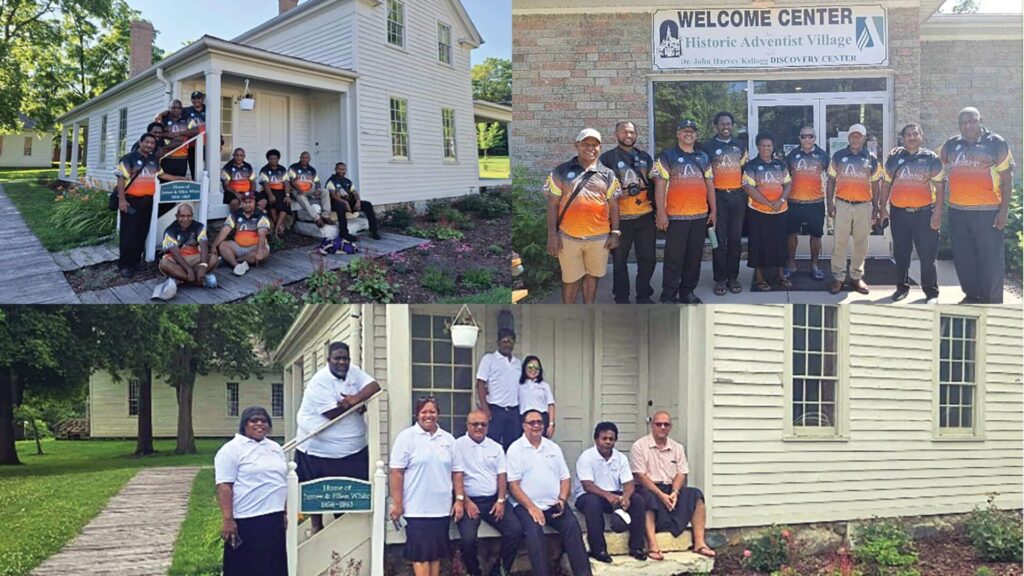Honouring a forgotten pioneer: the legacy of the Hare family
In a remote paddock in New Zealand’s far north, a cracked slab of concrete lies alone, the only witness to an unmarked grave and the silent passage of time.
Surrounded by cows, birds and insects, this modest memorial holds a remarkable story, one that the descendants of the Hare family are determined to revive for future generations.
William John Hare was born in Ireland to Joseph and Maggie Hare, a family driven by hope for a better future. In 1863, the Hares embarked on a challenging journey across turbulent seas, eventually arriving in Auckland, New Zealand. This was a pivotal moment when destiny would take an unexpected turn.
Upon their arrival, Joseph Hare was presented with a generous offer of 40 acres of fertile land just outside Auckland. However, this offer came with a troubling origin: the land had been taken from the local Maori people. Guided by a deep sense of integrity, Joseph declined the offer. He felt called instead to dedicate his life to missionary work, forming authentic bonds with the Maori community. Showing their full dedication, Joseph and his family learned to speak Te Reo.
This decision laid the groundwork for a legacy characterised by faith, and service, rather than personal gain.
Joseph’s commitment to his mission led him to Kaeo, one of New Zealand’s more impoverished and isolated regions at that time. It was there that the Hare family embraced the teachings of the Seventh-day Adventist faith, following a providential meeting with Pastor Stephen Haskell who had journeyed from San Francisco aboard the SS Australia to establish the Adventist Church in Melbourne, Victoria.
The Hare family’s spiritual journey was further affirmed by a visit from Ellen White, a foundational figure in the Seventh-day Adventist Church. In her visions, Mrs White described seeing the faces of the Hare family, affirming their place in New Zealand’s religious history and strengthening their commitment to their faith-driven mission.
Joseph’s son William grew up in the midst of this pioneering spirit. He married Elizabeth Brown and together they built a family rooted in faith. Their eldest daughter, Maggie Hare, was called upon by Mrs White herself to serve as her personal secretary. At 20, Maggie travelled to America in 1901, where she worked alongside Mrs White for 11 years. She then returned to New Zealand, married and had a son before returning once again to America to work alongside Mrs White until Mrs White died in 1915.
Thus, the Hare family’s influence became deeply intertwined with the unfolding story of the Adventist Church on both sides of the Pacific and across the Tasman Sea.
William’s own life, however, was marked by both triumph and tragedy. He became New Zealand’s first Sabbath school superintendent, dedicating himself to spiritual education. However, one fateful day, while felling a tree, a tragic event unfolded. When his young daughter ran to deliver him a message, William sprang into action to protect her. In his courageous attempt, he was struck by the falling tree, sacrificing his own life to save hers.

Today, his resting place remains a simple concrete slab with a large crack running down the middle in an open field, a silent monument in a forgotten landscape. But for his descendants, that modest site is no ordinary grave. It is a sacred reminder of a man who lived with valour, selflessness and unwavering faith.
The Hare family’s dedication to the Adventist mission did not end there.
Among their descendants was Eric B Hare, affectionately known as “Dr Rabbit” in Burma (now Myanmar). Through tireless dedication and compassion, Dr Rabbit earned profound love and admiration, especially among the Karen people—a major ethnic group of Myanmar. His work among the Karen left a lasting legacy of hope, healing and faith that continues to be cherished to this day.
And this beautiful story continues.
A few years ago, one of the direct descendants of Joseph Hare married a young woman from the Karen people of Myanmar. When her family discovered that he was connected to the Hare lineage and to the beloved Dr Rabbit, they were overjoyed—thrilled to find themselves woven into a legacy of faith and service that still lives on.
Today, if you visit Seventh-day Adventist churches across New Zealand, Australia and the United States of America (and many more countries), you will still find direct descendants of Joseph Hare worshipping God on the Sabbath—a living testimony to a heritage of faith that crossed oceans, generations and cultures.
Now, the great-grandchildren and great-great-grandchildren of William John Hare have united in a shared mission, to reclaim and honour their history. A commemorative plaque has been commissioned for William’s gravesite. Not merely to mark his name, but to stand as a beacon in that quiet paddock. A beacon that calls future generations to remember the virtue of sacrifice, humility and steadfast faith that defined the Hare family’s journey.
It also serves as a poignant reminder of New Zealand’s intricate history and the courageous blending of diverse cultures and traditions. The story of William and his descendants is not just a family memory, it is a living legacy, one that continues to inspire, to heal and to bear witness to the enduring faithfulness of God.

Leanne Weber is a descendant of the Hare family. She lives in Bay of Islands, NZ.






